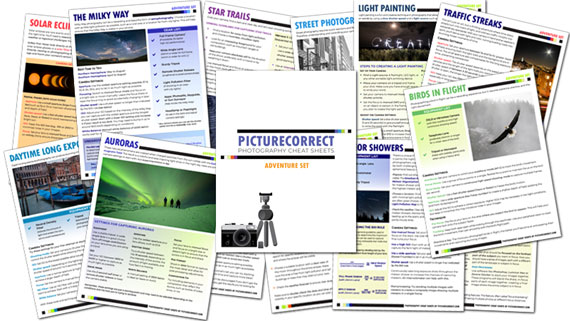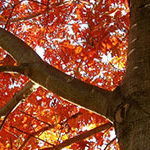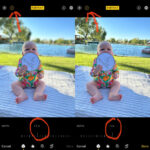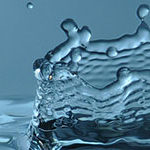Relevant note: The Perseid meteor shower remains active until August 23, 2025, with its peak occurring around August 12–13, though visibility was subdued by a bright waning gibbous Moon (around 84%–85% illuminated) that night. As the Moon continues to wane toward a thinner phase, viewing conditions are improving during the later nights of the shower.
Meteor showers are some of the most breathtaking events a photographer can capture. But despite the beauty, they’re also some of the trickiest subjects. Long exposures, changing conditions, and the unpredictability of meteors make it easy to walk away with disappointing shots.
If you’re preparing for the next big shower, make sure you’re not falling into these common traps.
This article is based on concepts from The Photo Adventure Cheat Sheets which are currently 80% off for a Summer Sale if you want to dig deeper.

Photo captured by Clay Banks
1. Shooting in Light-Polluted Areas
One of the biggest mistakes is underestimating how much city lights ruin your shots. Even faint skyglow from a distant town can wash out meteors.
Tip: Scout out a dark sky location well ahead of time. National parks, rural areas, or anywhere far from urban centers give you the best chance at a clear, star-filled background.
2. Using the Wrong Lens
Meteor showers cover a wide swath of the sky, so a narrow telephoto lens won’t capture much action.
Tip: A wide-angle lens (14–24mm on full-frame) gives you the best coverage, increasing your odds of catching multiple meteors in one frame.
3. Short Exposures or Too Long Exposures
Too short: You’ll miss faint meteors.
Too long: Stars turn into trails, and meteors blur.
Tip: Aim for 15–25 seconds at ISO 1600–3200, depending on your lens and sky conditions. Use the “500 Rule” to avoid unwanted star trails.
4. Forgetting to Focus Manually
Autofocus won’t work on the night sky. Many beginners end up with blurry shots because they leave it on.
Tip: Switch to manual focus, then focus on a bright star or distant light until it’s tack sharp. Tape down your focus ring to prevent slips.
5. Not Shooting Continuously
Meteors are unpredictable—you can’t time them. If you’re only clicking when you “see something,” you’ll miss most of the action.
Tip: Use an intervalometer (or your camera’s built-in interval shooting) to take back-to-back exposures all night long.
6. Ignoring Foreground Interest
A sky full of meteors looks good, but without a foreground it can feel flat and generic.
Tip: Include mountains, trees, lakes, or even old barns to anchor your shot. A strong composition transforms a meteor photo from “snapshot” to “art.”
7. Giving Up Too Early
Meteor showers are best after midnight, when the radiant is higher in the sky. Many photographers pack it in too soon.
Tip: Bring warm clothes, a reclining chair, and patience. Some of the best meteors happen in the hours before dawn.
Final Thoughts
Meteor shower photography takes planning, persistence, and a bit of luck. By avoiding these mistakes, you’ll maximize your chances of capturing a truly stunning image.
Instead of coming home with blurry, empty frames, you’ll have photos that reflect the awe of watching the universe put on a show.
For Further Training:
For help remembering the camera settings for difficult situations like this, a set of Photography Adventure Cheat Sheets are designed to help. They are currently 80% off for a Summer Sale which ends soon if you want to check them out.
The perfect companion for any photographer. Print one out whenever you need it. Whether you’re going on vacation or seeking out a specific photography adventure, these cheat sheets can provide you with the knowledge and inspiration you need to create your best work yet.
Offer ending soon: The Photography Adventure Cheat Sheets Summer Sale
Like This Article?
Don't Miss The Next One!
Join over 100,000 photographers of all experience levels who receive our free photography tips and articles to stay current:







Leave a Reply